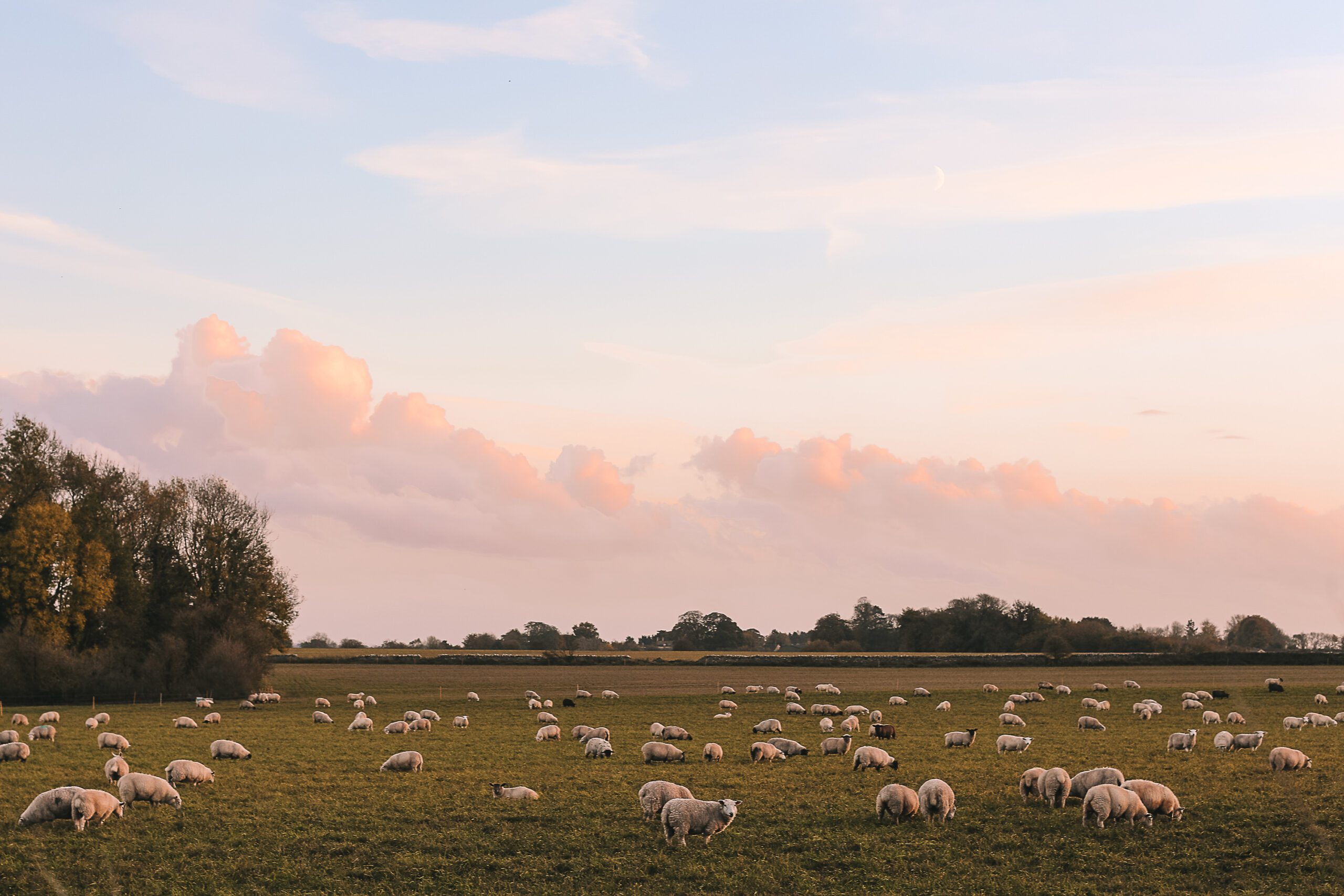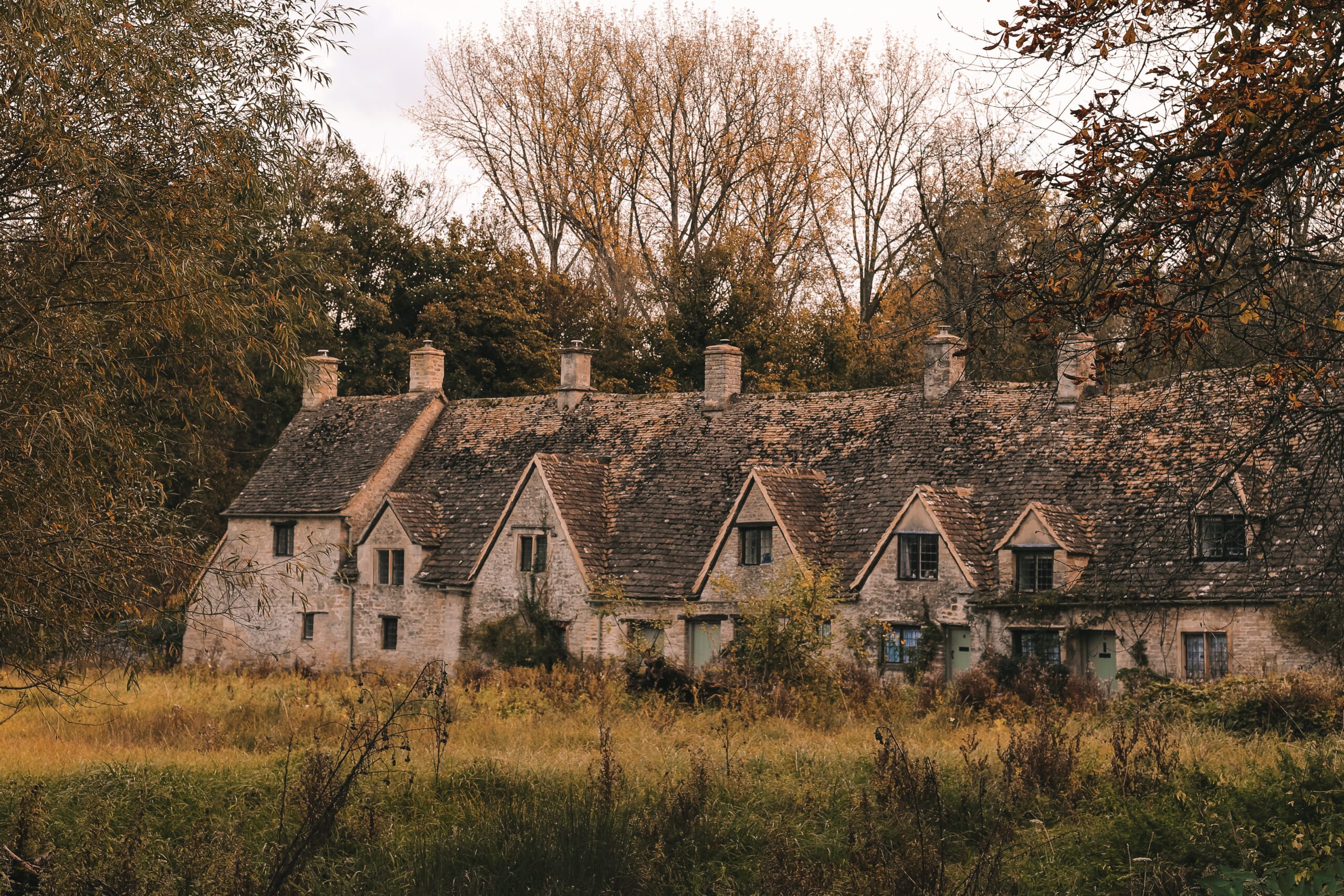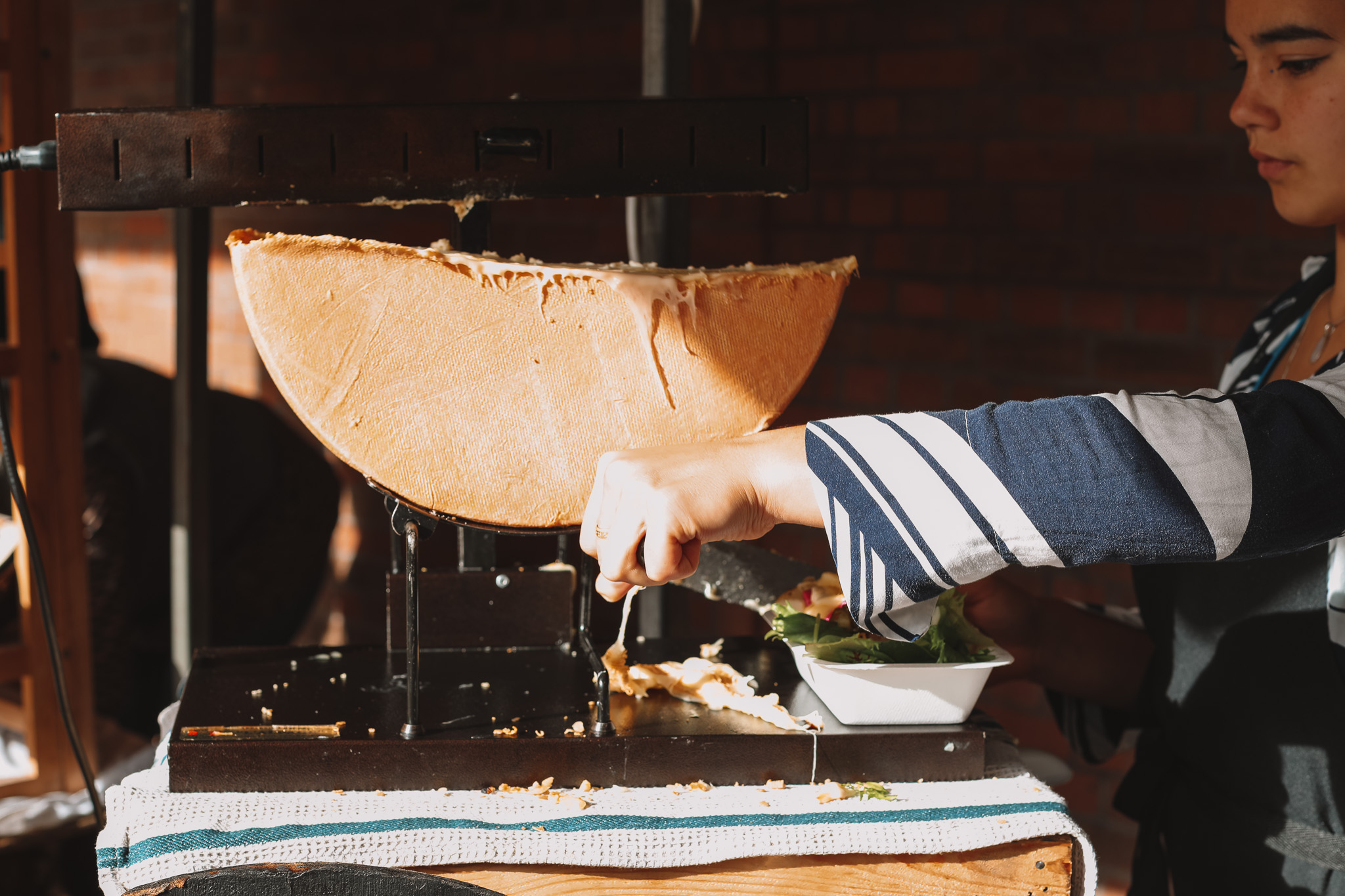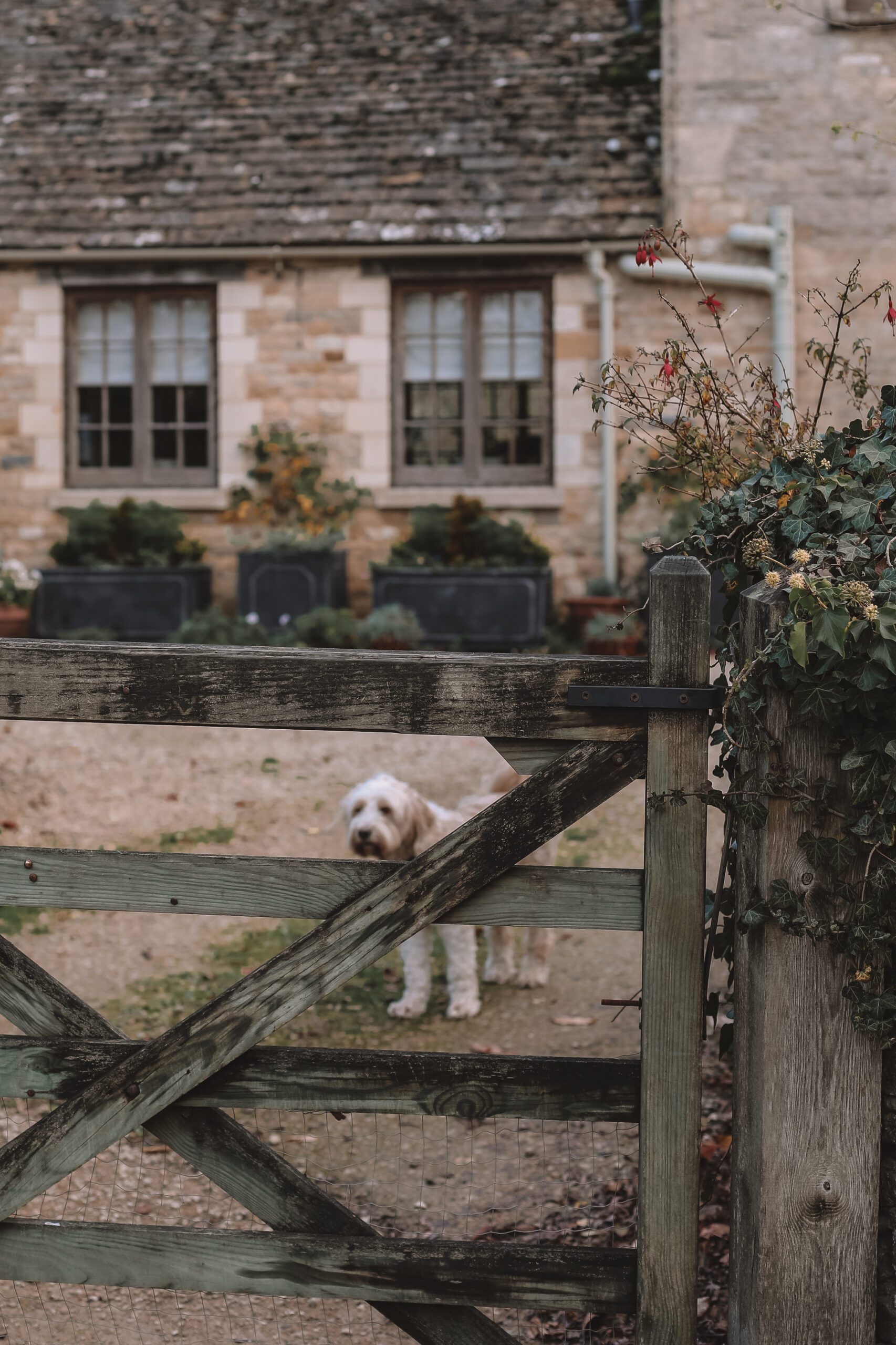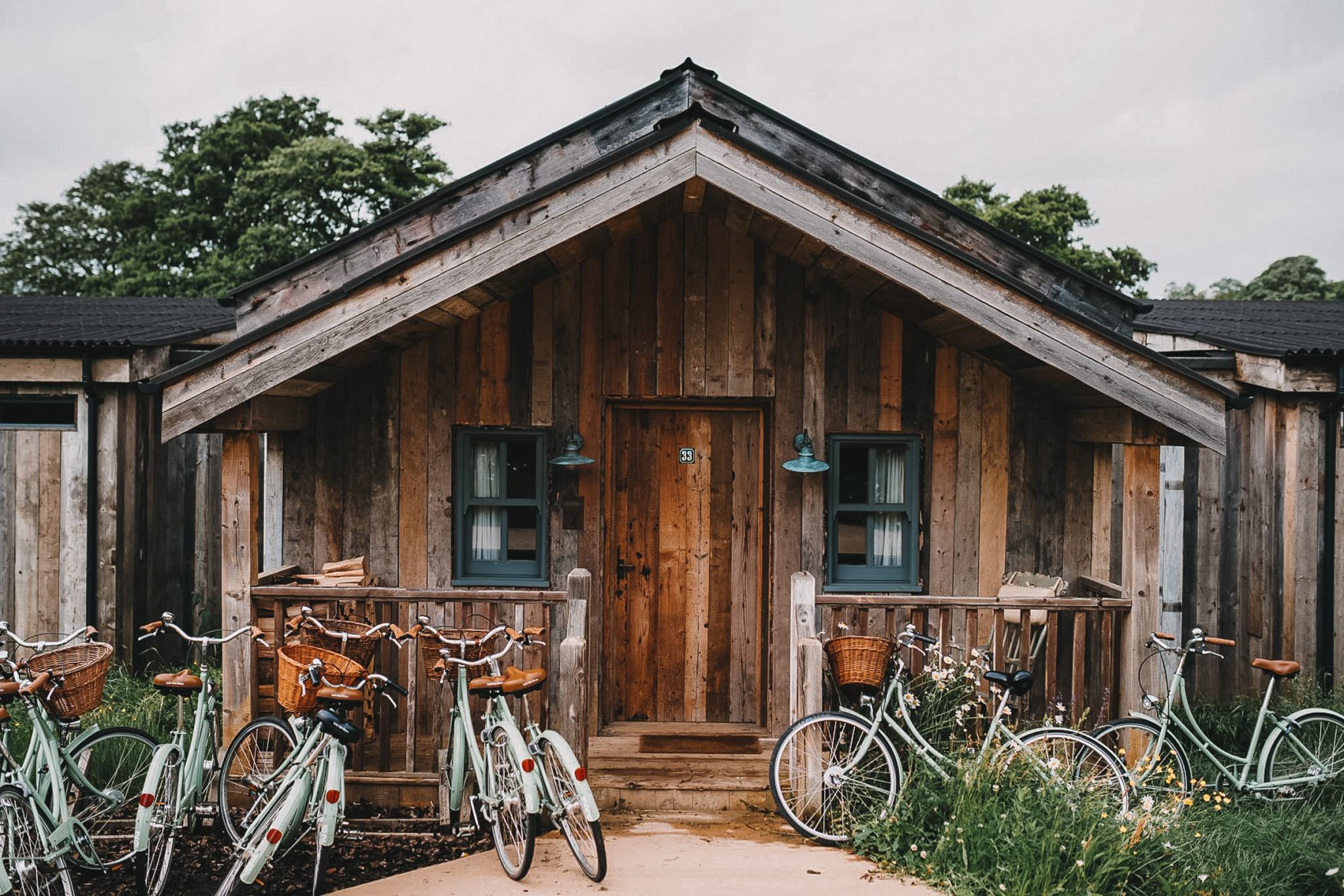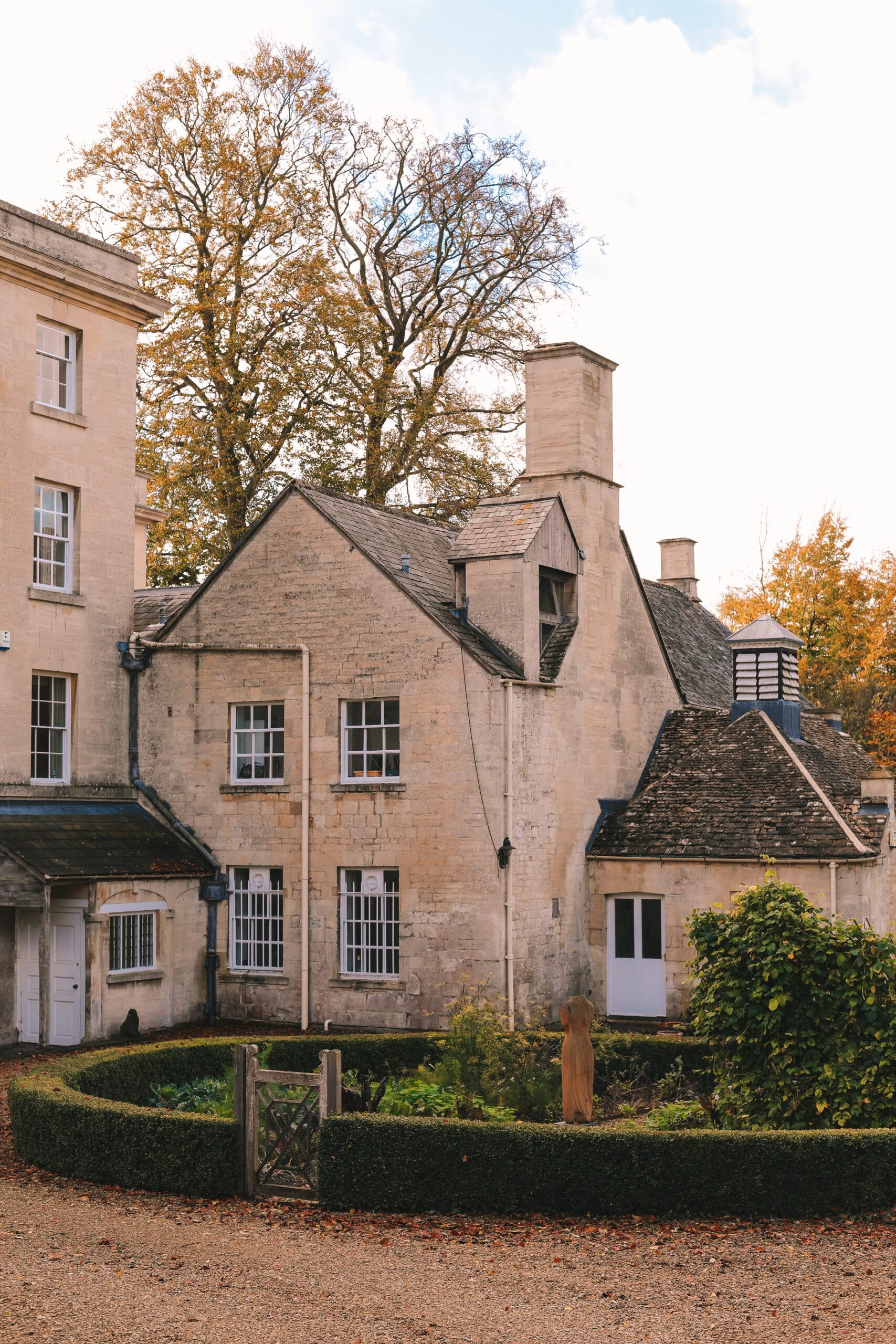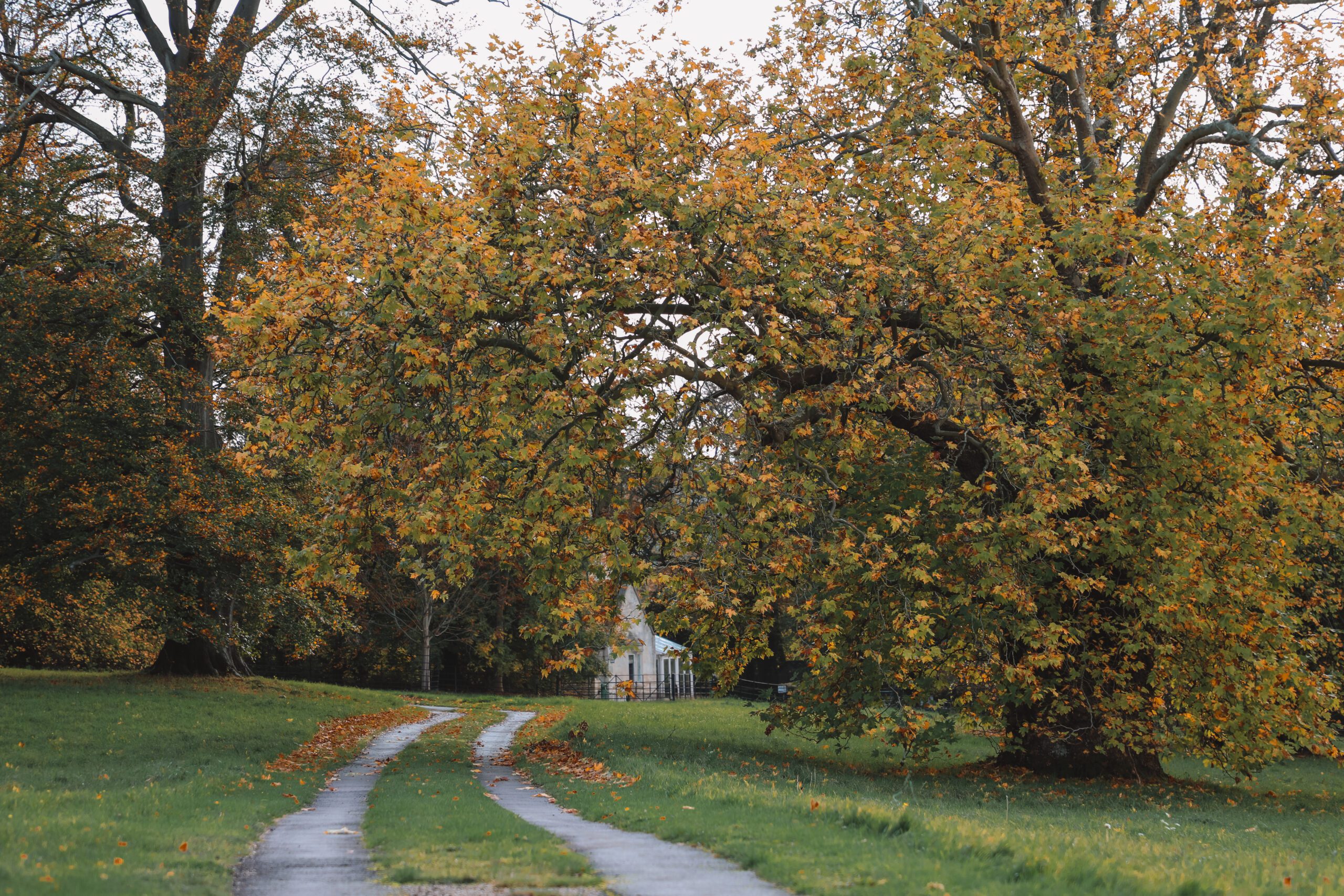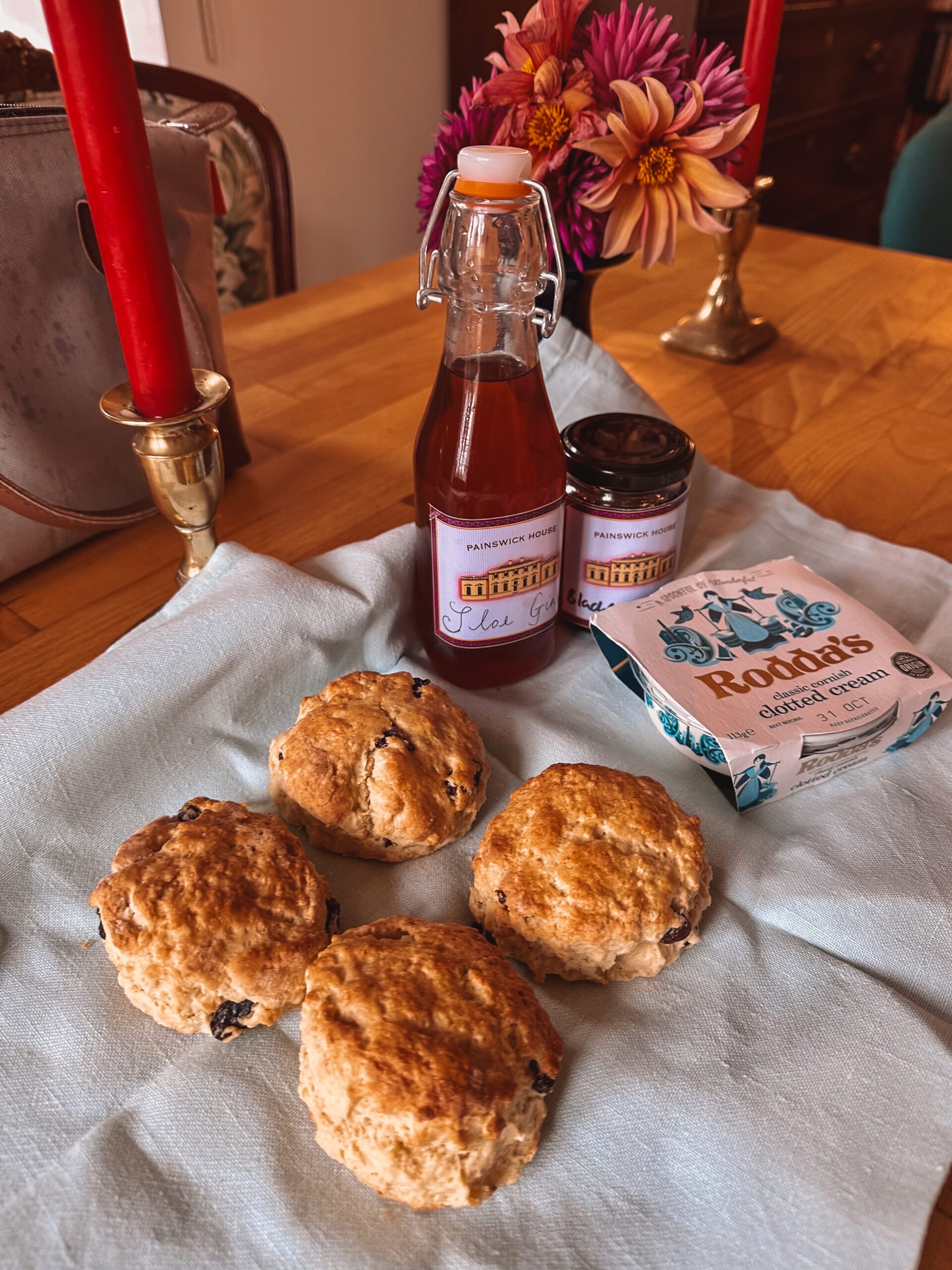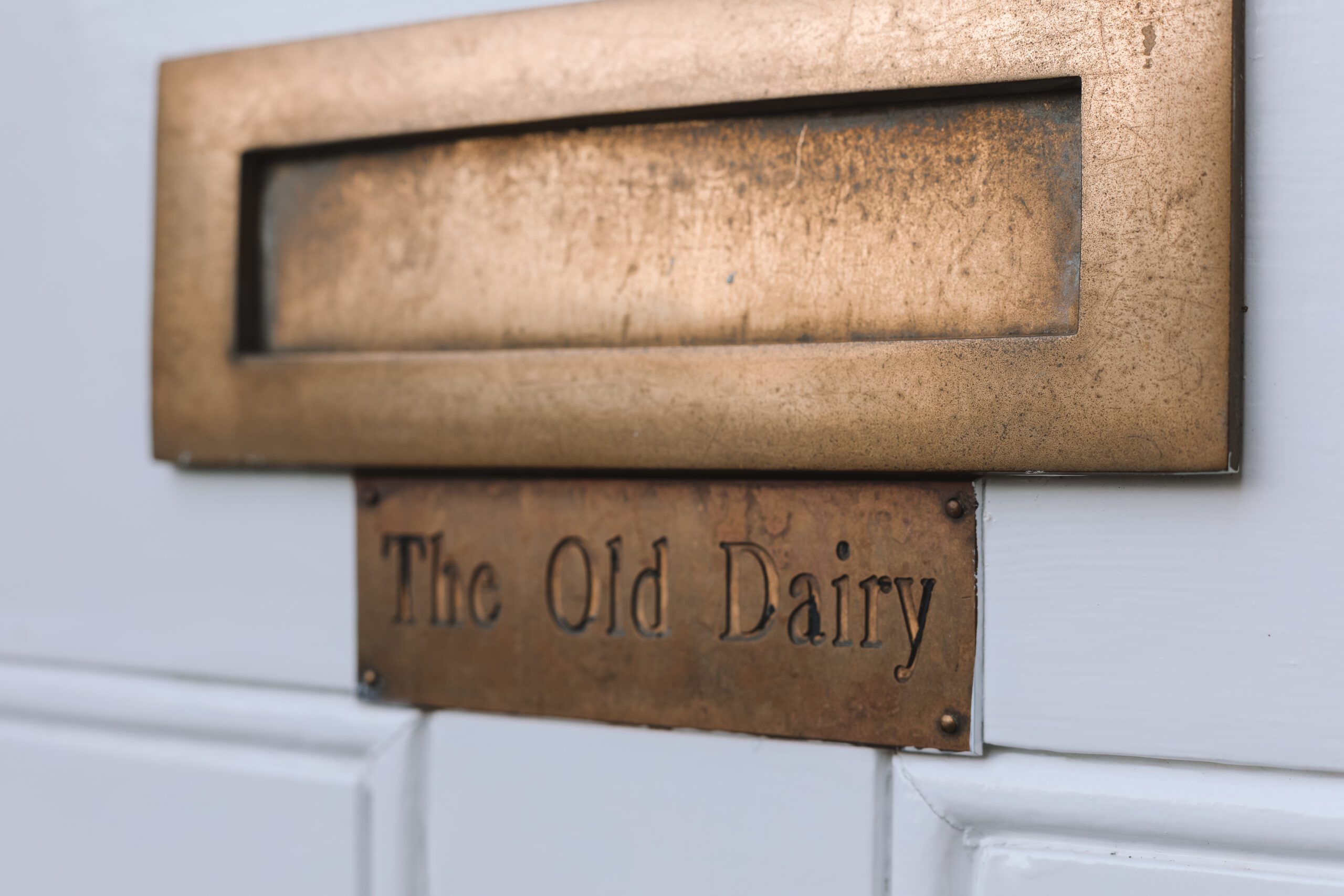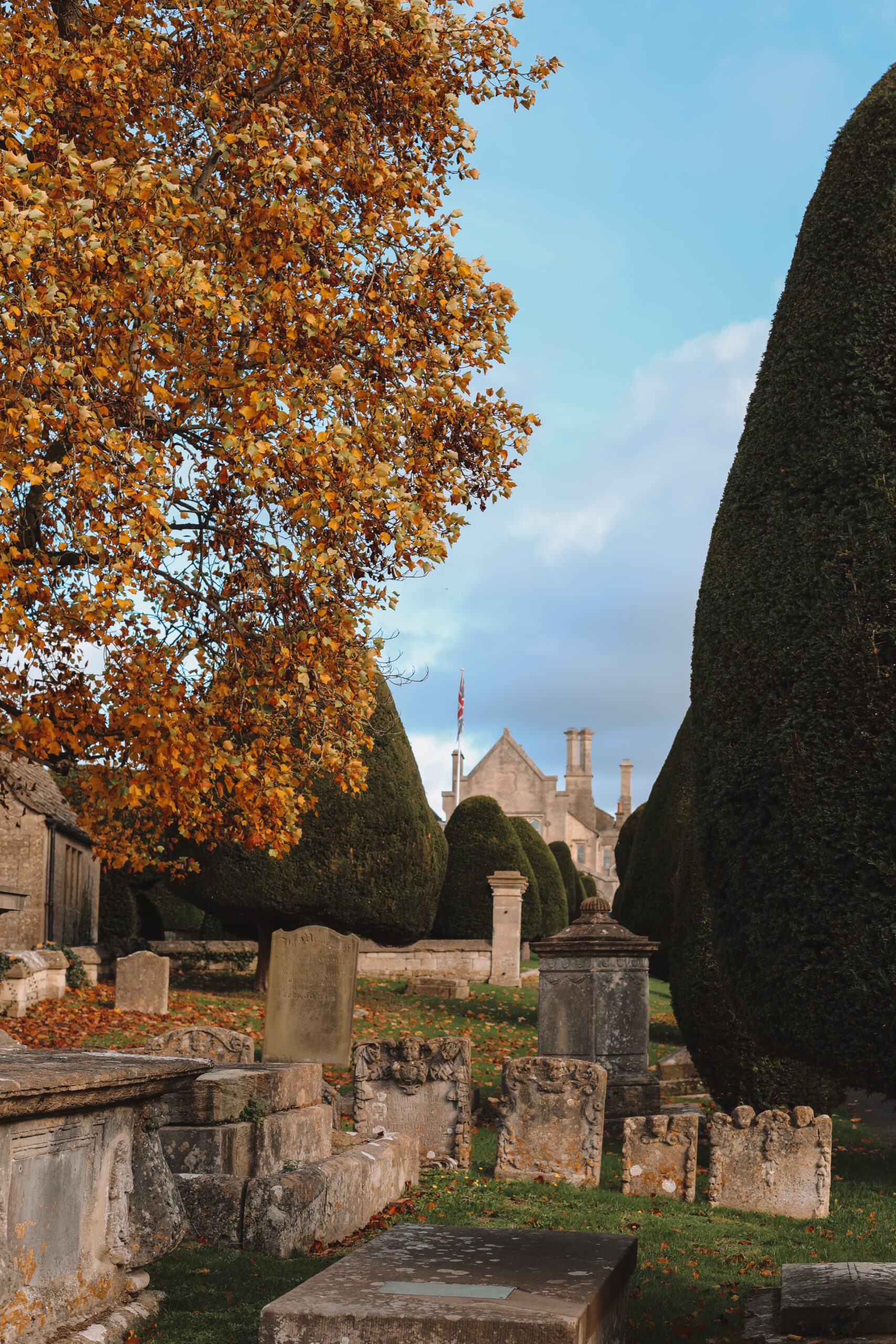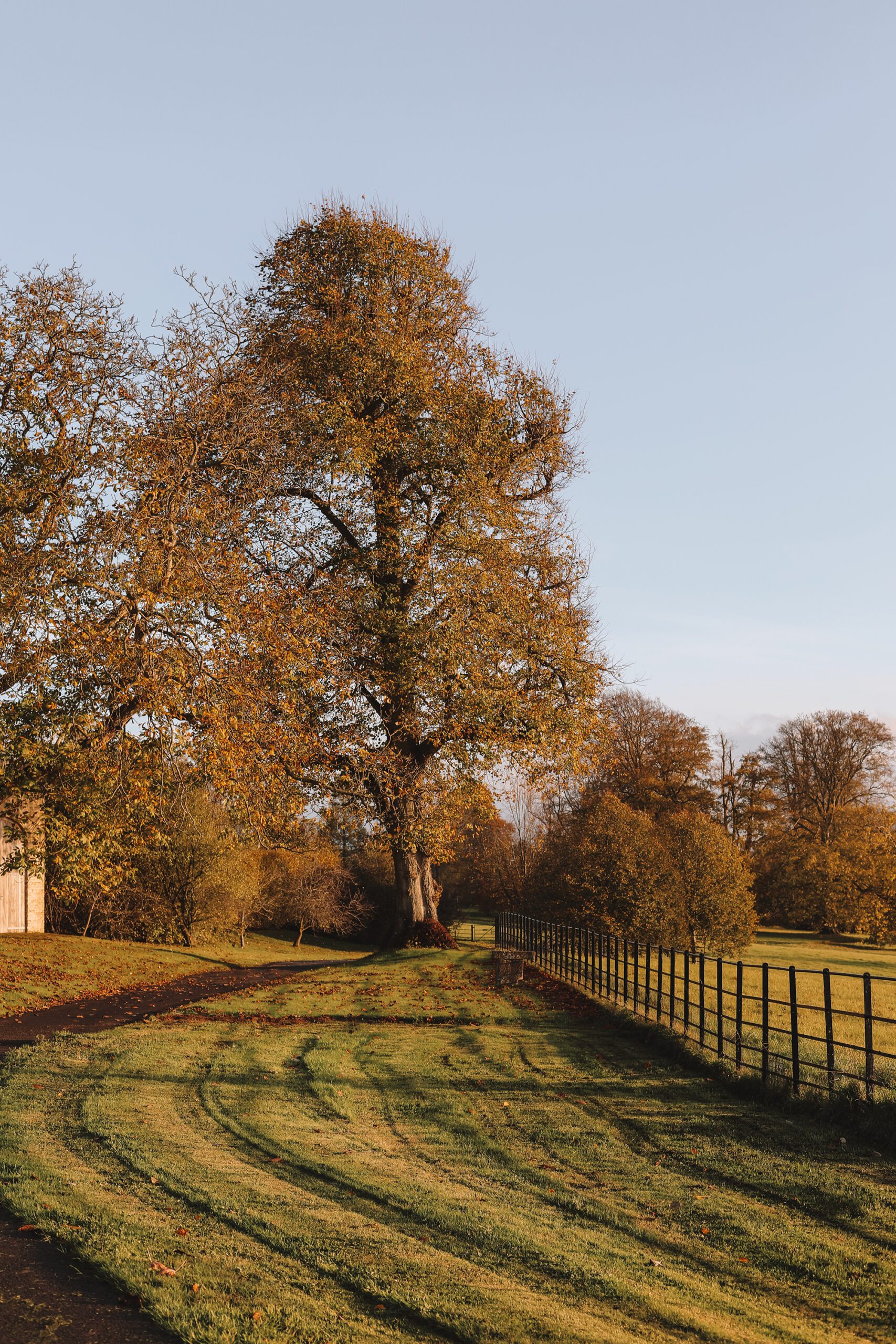Welcome to our Cotswolds Getaway Guide, your personal key to unlocking the cozy, picturesque beauty of the quintessential English countryside during the fall season. If you're yearning for a place where rolling hills are blanketed in fiery hues, where charming villages come alive with the warm glow of autumn, and where you can experience the essence of the season at its finest, then the Cotswolds is the perfect destination for your fall getaway.
In this comprehensive guide, we'll be your local insider, revealing the hidden treasures and must-see gems that make a journey here truly enchanting. Whether you're a first-time visitor or a Cotswolds regular, our goal is simple: to inspire and assist you as we uncover the timeless allure and cherished traditions that have made the Cotswolds a beloved fall destination for generations.
When to Visit
The Cotswolds beckon travelers year-round with each season offering its unique charm. Spring bursts to life with colorful blooms and budding trees, painting the landscape in vibrant hues. Summer is a delightful time to explore, with longer daylight hours perfect for outdoor adventures. Winter, adorned with a dusting of snow, transforms the Cotswolds into a serene, almost ethereal winter wonderland.
However, there's a secret that seasoned travelers to the Cotswolds know well—autumn is when this region truly shines. As the summer crowds wane and the first hints of crispness fill the air, the Cotswolds dons its autumn attire, becoming a haven for those seeking a more intimate, peaceful experience.
The fall months, from September through November, cast a golden spell over the Cotswolds. The countryside becomes a tapestry of rich, warm colors, with rolling hills blanketed in shades of amber and gold. Quaint villages, nestled among the trees, come alive with the cozy glow of their cottage windows.
Autumn brings a special kind of magic to the Cotswolds. The air is crisp and invigorating, perfect for long walks through the countryside or meandering through charming market towns. Local pubs welcome you with roaring fires and hearty meals, while tearooms offer comforting brews and delightful treats.
Fall is also the season of harvest festivals and country fairs, where you can immerse yourself in the region's culture and traditions. And as the sun sets earlier, the starry night skies above the Cotswolds become a celestial masterpiece, offering a breathtaking backdrop for stargazing.
While the Cotswolds is enchanting year-round, the autumn months hold a special allure. It's a time when the pace of life slows down, and the landscape puts on a show of unparalleled beauty. So, if you're wondering when the best time to visit the Cotswolds is, let the golden embrace of autumn be your answer.
Cotswolds History and Culture
The Cotswolds, a region steeped in history and culture, stands as a living testament to the passage of time. Its origins trace back to the Roman era, where the area's abundant natural resources made it a hub for quarrying and mining. The distinctive honey-colored limestone that now adorns the region's picturesque villages was once quarried here and used to construct iconic landmarks like Bath's Roman baths and many of Oxford's colleges.
The medieval period saw the Cotswolds flourish, thanks to the wool trade. Wealth from wool brought prosperity to the region, leading to the construction of stunning wool churches, known for their magnificent "wool" stained glass windows. These churches, such as St. James' in Chipping Campden and St. Edward's in Stow-on-the-Wold, remain awe-inspiring symbols of the Cotswolds' historical significance.
In the 17th century, the Cotswolds played a pivotal role in the English Civil War, with key battles taking place in its rolling hills. It's said that the Treaty of Utrecht, which helped bring an end to the War of Spanish Succession in the early 18th century, was drafted in the quaint town of Utrecht, near Burford.
As the years rolled on, the Cotswolds continued to evolve. The Industrial Revolution brought new industries, such as textiles and engineering, but it didn't diminish the area's rural charm. The arrival of the railway in the 19th century connected the Cotswolds to the wider world, making it easier for travelers to discover its beauty.
Today, the Cotswolds' rich history and cultural tapestry are woven into every stone of its timeless villages. The architecture, with its mellow limestone walls, gabled roofs, and charming thatched cottages, is a testament to its heritage. The locals, proud of their history, maintain traditions and events that offer a glimpse into the region's past, from wool festivals to lively markets.
The Cotswolds' history and culture are not just preserved in museums and ancient landmarks; they are very much alive in the everyday life of its villages and towns. To explore the Cotswolds is to step back in time and witness the enduring legacy of this captivating region, where history and culture are cherished and celebrated at every turn.
Getting to the Cotswolds
Getting to the Cotswolds from London is a breeze, offering an easy escape from the bustling city to the tranquil English countryside.
One of the most convenient ways to reach the Cotswolds is by train. Depart from London Paddington station and arrive at popular Cotswold destinations like Oxford, Moreton-in-Marsh, or Cheltenham Spa. The train journey provides picturesque views of the rolling countryside and typically takes around 1.5 to 2 hours, depending on your chosen destination.
For more flexibility and to explore the Cotswolds at your own pace, consider renting a car. The journey from London to the Cotswolds by car takes approximately 2 to 2.5 hours, depending on your destination within the region. The M40 and A40 are the primary routes to get you there, offering a scenic drive through charming villages and landscapes.
Several coach companies, including National Express, operate services from London to Cotswold towns such as Cirencester, Stow-on-the-Wold, and Cheltenham. While this option may take a bit longer than the train or car, it's often more affordable and still provides a comfortable ride.
If you prefer a hassle-free experience, you can also opt for guided tours that depart from London. These tours often include transportation, knowledgeable guides, and visits to Cotswold highlights, making it an excellent choice for those looking for a curated experience.
Getting around the Cotswolds
The Cotswolds offers several convenient ways to get around, allowing you to explore its picturesque villages and stunning landscapes. Here are the best ways to navigate the Cotswolds:
Car: Renting a car provides the most flexibility for exploring the Cotswolds. You can easily reach remote villages and hidden gems that may be less accessible by public transport. The road network is well-maintained, and you'll find plenty of parking options in most villages. We personally did this and found it so convenient that we could pop in and out of our Airbnb throughout the day. We also worked remotely for a few weeks, so it helped with bringing groceries to our cottage and running errands around town.
Bicycle: Cycling is a popular way to explore the Cotswolds, especially if you enjoy outdoor activities. The region offers numerous cycling routes with varying levels of difficulty, from leisurely rides through charming villages to more challenging routes for experienced cyclists. Many villages also provide bike rentals.
Public Transport: The Cotswolds is well-served by public buses and trains, making it possible to visit many villages without a car. Trains connect larger towns like Oxford, Cheltenham, and Moreton-in-Marsh to London and other major cities. Buses and local services connect smaller villages. Consider purchasing an Explorer Pass for unlimited travel on local buses.
Walking: If you're an avid hiker or simply want to explore at a slower pace, walking is an excellent option — and super popular amongst locals. The Cotswold Way is a long-distance footpath that stretches for 102 miles and offers breathtaking views of the countryside. There are also shorter walks and circular routes around many villages.
Where to Stay in the Cotswolds
Staying at the Old Dairy in Painswick
The Old Dairy in Painswick, nestled within the heart of the Cotswolds, is a beautifully restored farm and estate, once a working dairy, that now stands as a testament to the Cotswolds' rich heritage and offers a unique and memorable experience for visitors.
Dating back to a bygone era, the Old Dairy boasts Grade-1 traditional Cotswold stone architecture that blends seamlessly with the quaint surroundings of Painswick. Its honey-hued exterior, a characteristic feature of Cotswold buildings, exudes warmth and rustic charm. The interiors have been meticulously restored to preserve the building's heritage with exposed beams and original stonework that serve as reminders of its historical roots.
One of the standout features of the Old Dairy is its tranquil courtyard garden. This secret oasis provides the perfect setting for guests to unwind, savor a morning coffee, or simply relax in the beauty of the Cotswolds' natural surroundings. It's a wonderful spot to appreciate the changing seasons, from vibrant blooms in spring to the golden hues of autumn.
The village of Painswick, where the Old Dairy is located, is a charming village, often referred to as the "Queen of the Cotswolds." It's known for its historic architecture, manicured churchyard at St. Mary's Church, and enchanting Rococo Garden. The Old Dairy's location allows you to explore these local treasures with ease, immersing yourself in the Cotswolds' rich culture and heritage. Whether you're seeking a romantic getaway, a family retreat, or a peaceful escape from the hustle and bustle of everyday life, the Old Dairy in Painswick offers a quintessential Cotswold experience.
What to Expect for Food in the Cotswolds
One of the most asked questions I’ve received upon returning was “How is the food in England?”. While the country isn’t typically revered for its cuisine in comparison with places like France or Italy, there are plenty of unique dishes to try. In the Cotswolds, you can expect an array of traditional English plates that showcase the region's heritage and its commitment to quality, locally sourced ingredients.
Traditional British Fare: The Cotswolds is known for its traditional British dishes. Expect to savor classics like roast dinners with all the trimmings (roast beef, Yorkshire puddings, and more), fish and chips, hearty pies (such as steak and ale pie), and bangers and mash (sausages with mashed potatoes).
Local Produce: The Cotswolds boasts a bountiful supply of locally sourced produce. You'll find fresh fruit and vegetables, artisan cheeses, and farm-fresh eggs featured prominently in many dishes.
Cotswold Lamb: Renowned for its quality, Cotswold lamb is a local specialty. Look out for lamb dishes on menus, particularly during the spring and early summer when it's in season.
Cream Teas: Enjoy a traditional afternoon cream tea, consisting of freshly baked scones served with clotted cream and jam, often accompanied by a pot of tea. It's a delightful Cotswold tradition.
Cotswold Game: Game dishes are popular in the region, especially during the autumn and winter months. You might find dishes featuring pheasant, partridge, and venison on restaurant menus.
Farm-to-Table Dining: Many restaurants in the Cotswolds emphasize farm-to-table dining, meaning their menus are inspired by the seasonal availability of local ingredients. Look for dishes that showcase the flavors of the season.
Pub Food: Pubs are an integral part of Cotswold culture, and you'll find them serving a variety of pub classics like ploughman's lunches, Scotch eggs, and hearty sandwiches.
Local Ales and Ciders: Don't forget to try some of the region's local ales and ciders, which are often available in pubs and restaurants. They pair perfectly with traditional British fare.
The Quick Guide to the Cotswolds
Explore the Cotswold Villages: Take a leisurely stroll through some of the Cotswolds' most iconic villages like Bourton-on-the-Water, Bibury, and Castle Combe. Admire the honey-colored stone cottages and quaint streets.
Visit Historic Castles: Discover the region's history by exploring ancient castles such as Sudeley Castle and Berkeley Castle. These sites offer a glimpse into the past and often host events and exhibitions.
Walk the Cotswold Way: If you're into hiking, consider tackling the Cotswold Way, a long-distance trail that spans 102 miles. It offers breathtaking views and the chance to immerse yourself in nature.
Tour the Gardens: The Cotswolds boasts stunning gardens like Hidcote Manor Garden and Westonbirt Arboretum. These well-maintained green spaces are a paradise for nature lovers.
Sample Local Cuisine: Indulge in traditional Cotswold dishes at local pubs and restaurants. Try Gloucestershire Old Spot pork, Cotswold cheese, and local ales.
Visit Historic Sites: Explore ancient sites like Rollright Stones and Belas Knap Long Barrow, which offer insights into the area's prehistoric past.
Shop for Antiques: The Cotswolds is renowned for its antique shops and markets. Stow-on-the-Wold and Tetbury are particularly known for their antiques.
Take a Scenic Drive: Enjoy a relaxing drive through winding country roads, taking in the scenic beauty of the Cotswolds. Keep an eye out for charming villages and stunning vistas.
Attend Local Events: Check out local events and festivals that showcase the region's culture. Events like the Cheltenham Literature Festival and Giffords Circus are popular among visitors.
Visit Historic Churches: Explore the Cotswolds' ancient churches, many of which feature exquisite architecture and beautiful stained glass windows. St. John's Church in Cirencester and St. Edward's Church in Stow-on-the-Wold are notable examples.
Local Favorites
The Bell at Langford: Voted Best UK Pub"
Butchers Arms: Local Pub in Stroud
Daylesford: Organic Farm, Shop, Restaurant, Shop, Yoga, etc.
Stow-on-the-Wold: for Wandering
Upper and Lower Slaughter: for Wandering Gospel Pass: for Beautiful Scenery
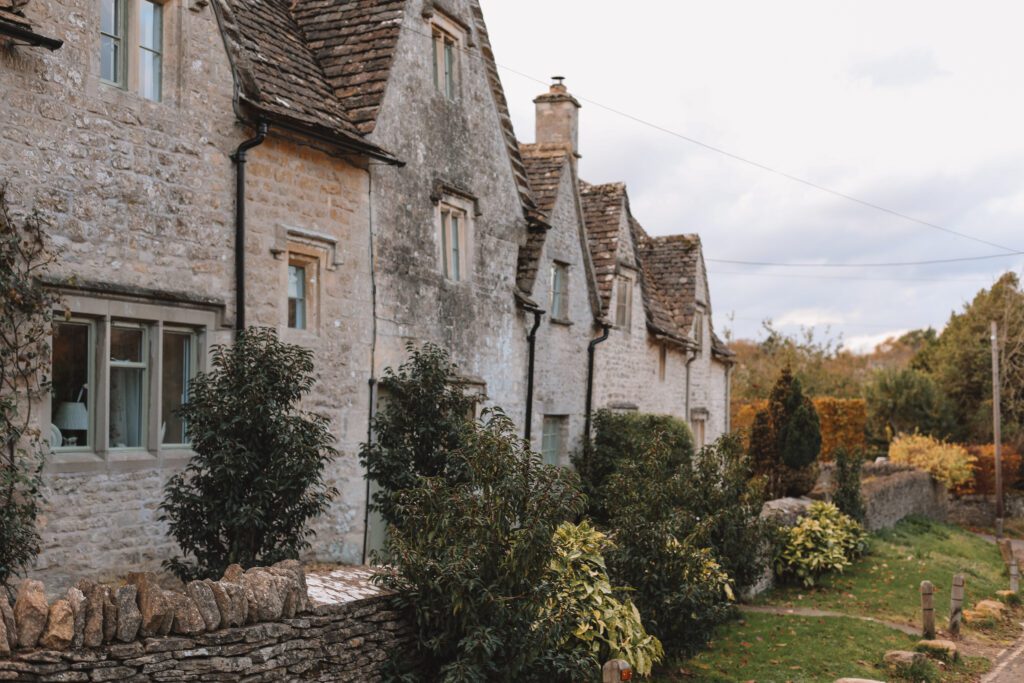
Planning your first trip to the Cotswolds? Check out our Cotswolds Week Itinerary with insider tips and intel for planning your trip to this peaceful England destination.
This post may be sponsored or contain affiliate links, which means I receive a small commission, at no cost to you, if you make a purchase through a link.
Share this story
